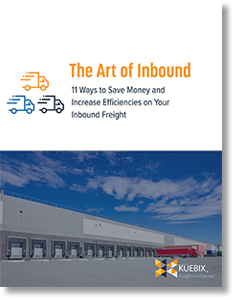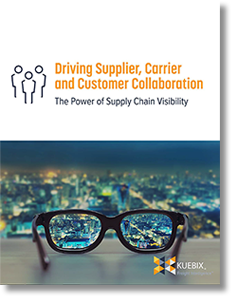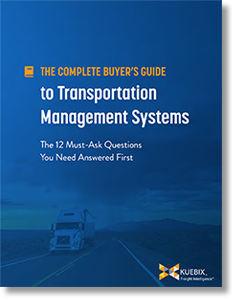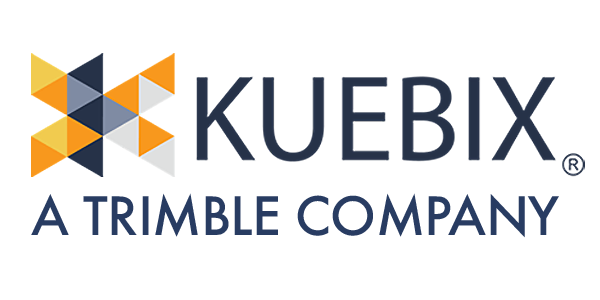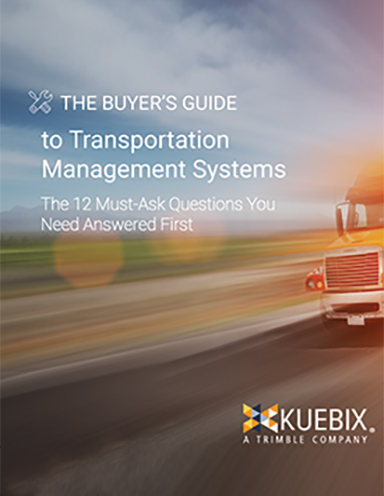5 Ways Technology Will Forever Change the Automotive and Transportation Industries
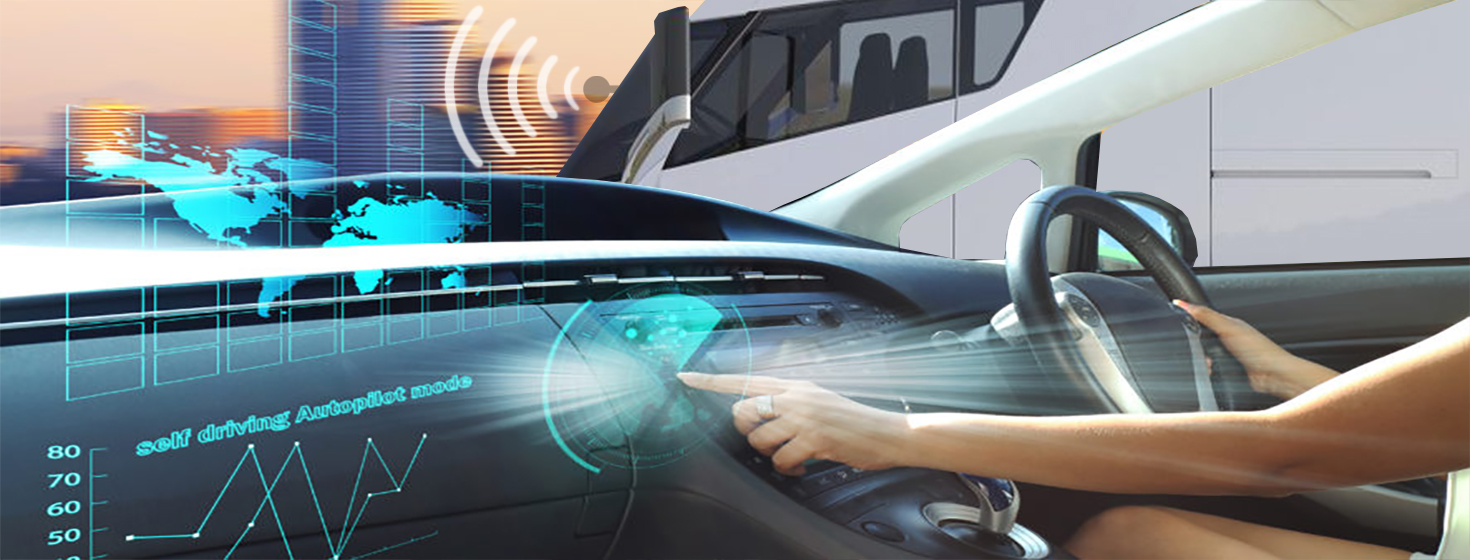
Transportation technology is in the midst of a revolution, and new technologies are improving the efficiency of existing transportation methods, these new developments are poised to completely reshape the way we move things.
Automotive & Transportation Technologies
Technology is changing the automotive and transportation industry faster than anyone could have predicted.
The driver shortage, capacity crisis, price of fuel, and many other factors are putting pressure on companies to innovate and begin commercializing futuristic technologies.
Some of these technological trends are already disrupting the automotive and transportation industry.
Here are five ways technology is already beginning to shape these industries
Internet of Things (IoT)
The concept of the IoT has been around for several years now, and many of us have become accustomed to the idea.
The IoT involves “everything being connected to everything.”
Imagine your smartwatch knowing when you’ve risen from bed and immediately telling your coffee pot to start brewing. This concept is shaping our everyday lives.
These are three uses of the IoT for the automotive and transportation industry:
- Usage Based Insurance (UBI)
- Electronic Logging Devices (ELDs)
- In-Vehicle Health Monitoring
These three technologies involve connecting cars and trucks to the cloud to gather big data about their state-of-being and actions. Devices within vehicles can collect information on driving times, the health of the vehicle and safety of operations.
Usage Based Insurance (UBI), also known as automotive telematics insurance, monitor vehicle use to more accurately assess risk. Factors that can be monitored include miles driven, driver behavior, and vehicle type.
Similarly, electronic logging devices are now in widespread use following the 2017 ELD Mandate enforcing the federal Hours-of-Service (HoS) regulation. With onboard computers, truckers’ time driven is monitored to ensure they are complying with the law.
Automotive biometric identification systems are being developed to help companies and individuals monitor the health of drivers. Expected to be commercialized by 2025, technologies to monitor heart rates, fatigue, and distracted driving are being developed. These technologies could go a long way to preventing accidents on the road, as well as improve insurance premiums.
Vehicle-to-Everything (V2X)
Technology to connect vehicles with each other, the cloud, and any other obstacle on the road is being developed. Connecting Vehicle-to-Everything (V2X) is the passing of information back and forth between the vehicle and an entity on the road. This could be a traffic light, crosswalk, or detour sign. Other forms of this technology include connecting Vehicle-to-Cloud (V2C), Vehicle-to-Pedestrian (V2P) and Vehicle-to-Grid (V2G) among others. These technologies are expected to improve safety on the road as well as driving efficiency.
One branch of this technology that is expected to hit the road long before V2X is perfected is a technology called Driver Assisted Truck Platooning (DATP). This technology is designed to relieve the strain of the driver shortage by enabling one driver to “drive” several vehicles in parade formation at once.
The driver would simply operate a single truck at the head of the “platoon” and one or more similar trucks would connect with the lead truck to follow along behind autonomously. This has the potential to reduce carbon emissions as well as save costs as driver wages continue to rise.
Autonomous Vehicles
Autonomous Vehicles, known colloquially as self-driving cars (and trucks), are expected to be seen on the roads in 2020, with many of the largest names in the automotive industry competing to be the first to commercialize the technology. There’s no doubt that the autonomous vehicle revolution will transform our lives. The benefits seem endless, increased safety, lower fuel emissions and more productive time for people being transported on the vehicle.
Autonomous cars and trucks will be made possible by Artificial Intelligence (AI), an area of computer science working to create machines which can react and interact with humans and other unknown factors. Self-driving cars can’t only react to speed limits and pre-determined conditions on the road, they will need to account for things like pedestrians, fallen trees, and weather conditions. Right now, most tests of self-driving cars are being conducted in areas without harsh weather or pedestrians.
By 2040, it’s estimated that the autonomous vehicle industry will be a $3.6 trillion opportunity. Producers and original equipment manufacturers (OEMs) of cars and trucks will face steep competition amongst themselves to carve out a place in the new industry. For those companies that succeed in getting a foothold in the autonomous vehicle market, this trend is likely to be a gold mine.
Electrification
Though it may come as a surprise, the first successful electric vehicle in the United States hit the road in 1890 in Des Moines, Iowa. Of course, the vehicle didn’t hold as much potential as fossil fuel vehicles and wasn’t widely adopted by the public. Not until the late 1990’s did electric vehicles make a come-back with the mass-production of the Toyota Prius.
Two decades later, electric vehicles are becoming more and more common. Some are hybrid models, capable of using traditional fuel sources and electricity while some are solely reliant on electricity. These plug-in electric vehicles reduce carbon emissions and can save the operator money. With an increasingly environmentally conscious customer base, electric cars are likely to continue to grow in popularity.
Wind and solar farms are making electric vehicles more sustainable, and once purchased, more economical. It will be up to manufacturers to make sure that their products’ initial cost doesn’t diminish expected ROI. Creating lasting vehicles that can deliver cost savings through reduced fuel consumption will make companies and individuals more likely to adopt the new technology.
Optimization
The final trend poised to revolutionize the automotive industry is Route Optimization. By leveraging big data collected from tracking devices and analyzed by intelligent software, companies are able to view and automatically consolidate their routes like never before. Optimizing routes and consolidating goods being transported will lead to reduced miles driven and more money saved. It will also have a direct impact on the capacity crisis as assets are more fully utilized.
Using technology, a taxi company with a fleet of passenger cars can plan the most direct routes between patrons and anticipate peak hours ahead of time. Fleet owners can combine shipments being delivered to the same location in order to remove an unnecessary truck from the road. And a shipper in Pennsylvania can find capacity on the best route up to Maine.
With the help of tracking devices and big data, companies will be able to analyze and make strategic changes to their vehicles in order to get the most out of their assets. This level of optimization will change the automotive and transportation industry as vehicles and shipments become “smarter” with the help of technology.
Learn more about Kuebix‘s Order and Route Optimizer.
Related: 10 Reasons Being a Professional Truck Driver Is Better Than Driving for a Ridesharing Service
Related White Papers & eBooks
The Art of the Inbound: 11 Ways to Improve Your Inbound Shipping Operations
This ebook provides a guide to benchmark your company against best practices in the transportation and shipping industry and helps to put together a strategic approach to capitalizing on the opportunities to manage the “art of the inbound.” Download Now!
Driving Supplier, Carrier and Customer Collaboration
This ebook describes how through the use of collaboration portals with various stakeholders, you will be able to effectively manage your cost of goods and consistently meet the expectations of your internal and external customers. Download Now!
The Complete Buyer’s Guide to Transportation Management Systems
There is almost no limit to how a Transportation Management System can benefit your unique supply chain, but the key to success is finding the right one for your goals, so, before selecting a TMS, use the 12 questions in this buyer’s guide to find the best solution for your company. Download Now!
Effectively Managing Big Data in Your Supply Chain
In this white paper, we’ll explain what the term “big data” means to the typical supply chain, introduce effective strategies for managing and leveraging that data, show how one grocer is using predictive analytics to harness its own big data, and explain the “first steps” that companies need to take down the path to effective management of their big data. Download Now!
More Resources from Kuebix
Article Topics
Kuebix News & Resources
Visibility + TMS = A Winning Combination Trimble Placed in 2021 Gartner Magic Quadrant for Real-Time Transportation Visibility Platforms Kuebix Positioned Again as a Challenger in 2021 Gartner Magic Quadrant for TMS The Buyer’s Guide to Transportation Management Systems TMS Update: Adoption accelerates The Logistics of Valentine’s Day during COVID-19 Pandemic Research: Trends in the Supply Chain and Their Impact on the Transportation Management System Market More KuebixLatest in Transportation
Baltimore Bridge Collapse: Impact on Freight Navigating Amazon Logistics’ Growth Shakes Up Shipping Industry in 2023 Nissan Channels Tesla With Its Latest Manufacturing Process Why are Diesel Prices Climbing Back Over $4 a Gallon? Luxury Car Brands in Limbo After Chinese Company Violates Labor Laws The Three Biggest Challenges Facing Shippers and Carriers in 2024 Supply Chain Stability Index: “Tremendous Improvement” in 2023 More Transportation


